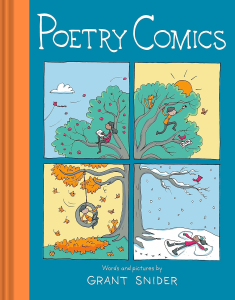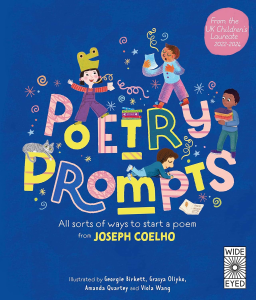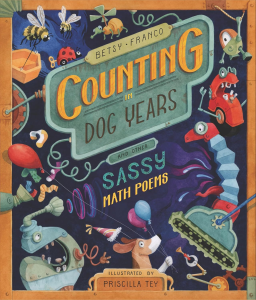I love when I say something like this to a class–“What two letters say /ā/ in the middle of a word?” or “What three letters say /ing/?”–and they can answer with confidence! In classes like this, students are less likely to ask “How do you spell…?”, more likely to take risks and try on their own, and even more likely to be close or correct in their spelling.
In his book Reading in the Brain: The New Science of How We Read, Stanislas Dehaene (2010) states:
…all children regardless of their socioeconomic backgrounds benefit from explicit and early teaching of the correspondence between letters and speech sounds. This is a well-established fact, corroborated by a great many classroom experiments. Furthermore, it is coherent with our present understanding of how the reader’s brain works. (326-327)
Although Dehaene speaks here of reading, explicit and systematic phonics instruction empowers student writers as well. This is especially true when we provide students with regular opportunities to write and apply their phonics knowledge.
Give them the building blocks and the opportunities to create… then let them soar!




